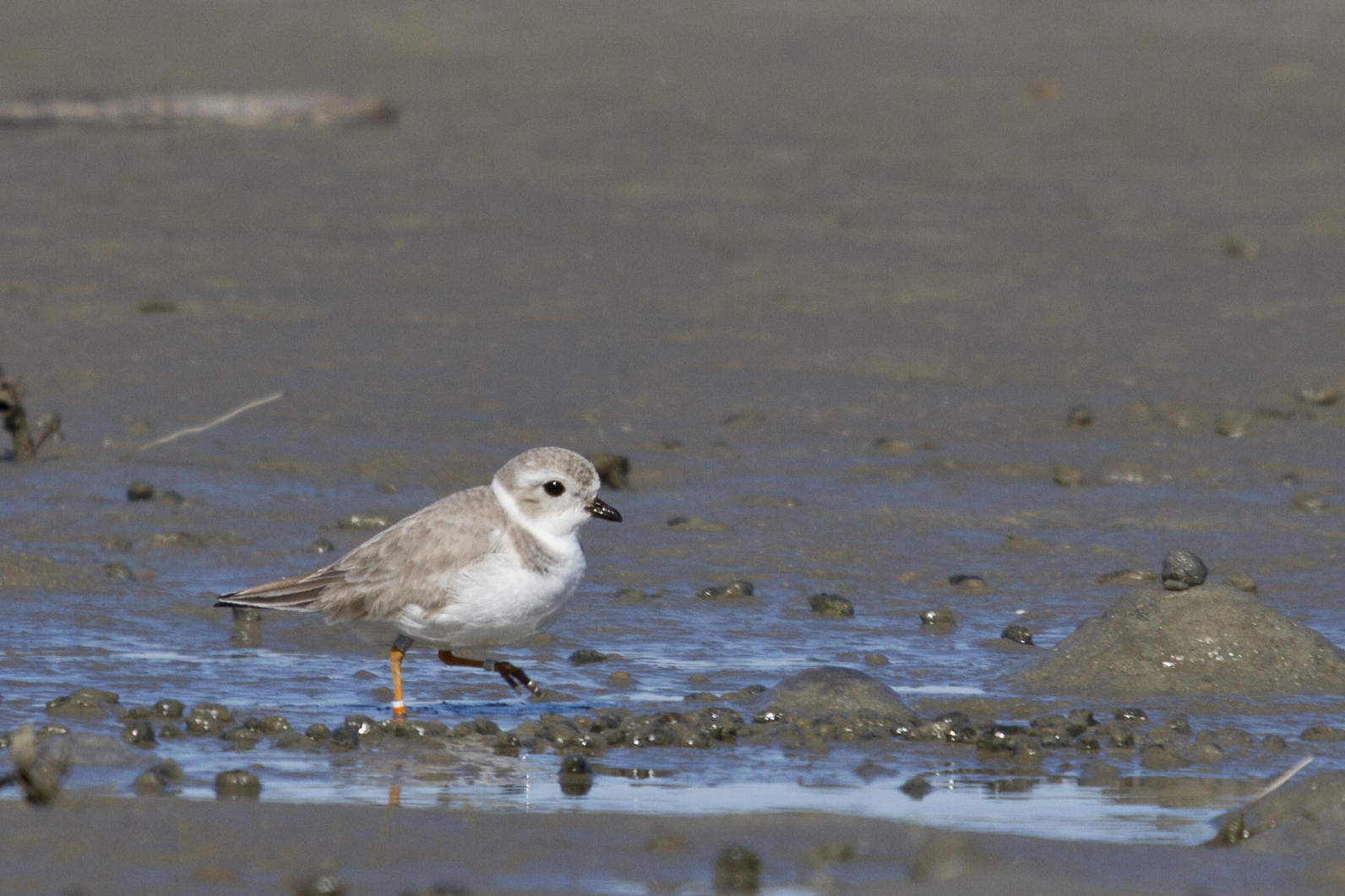Bird banding is an essential piece of collecting valuable data and understanding bird conservation. In this series, we’ll explore the necessity of bird banding practices and explore insights found through the shared data of our birds from North Carolina’s coast to the entire Atlantic Flyway.
Please welcome Coastal Biologist Lindsay Addison.
Piping Plovers are small, charismatic shorebirds that nest on beaches from North Carolina to Canada as well as on the shores of the Great Lakes and in the Great Plains on riverbanks.
They are also present in North Carolina during migration and in the wintertime. During the non-breeding months, Piping Plovers are often found in association with inlets.
This Piping Plover wintered at Rich Inlet during 2014/2015. It is part of the endangered Great Lakes population, which consists of around 70 breeding pairs and their offspring. It hatched on North Mantiou Island in Sleeping Bear Dunes National Lakeshore, MI in 2013.

Great Lakes Piping Plovers receive generic color band combinations as chicks, identifying the year they hatched and the site they came from. When they return to breed, they are recaptured and receive unique combinations. This ensures the possible unique combinations of color bands aren’t used up too quickly. However, some of the generic “brood marker” birds have tiny numbers inscribed on their bands. The numbers identify the individual.
We were lucky and eventually read the numbers on this bird’s light green band: 036.
Hopefully, this year it will return and start nesting!
For more information on Audubon NC’s bird banding program and more recorded species, click here.
Spotting and reporting banded birds is a great way to become a citizen scientist and contribute to our knowledge of birds on the coast. Always remember to give birds the space they need to thrive. Click here to learn more about Audubon’s Sharing Our Seas and Shores program.



